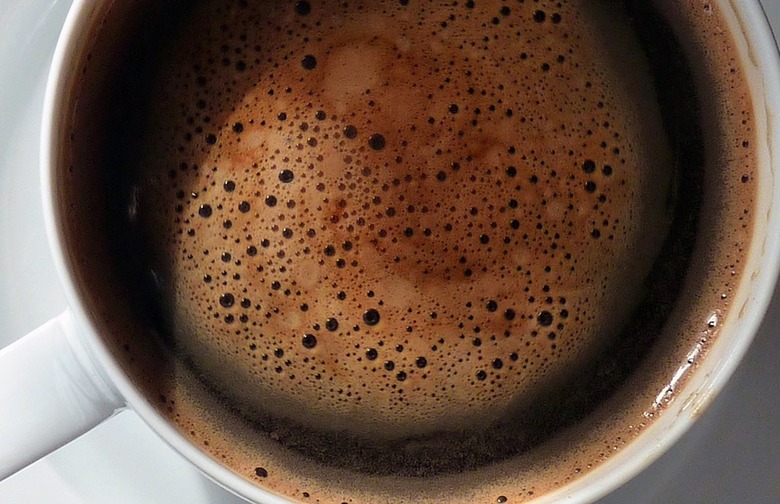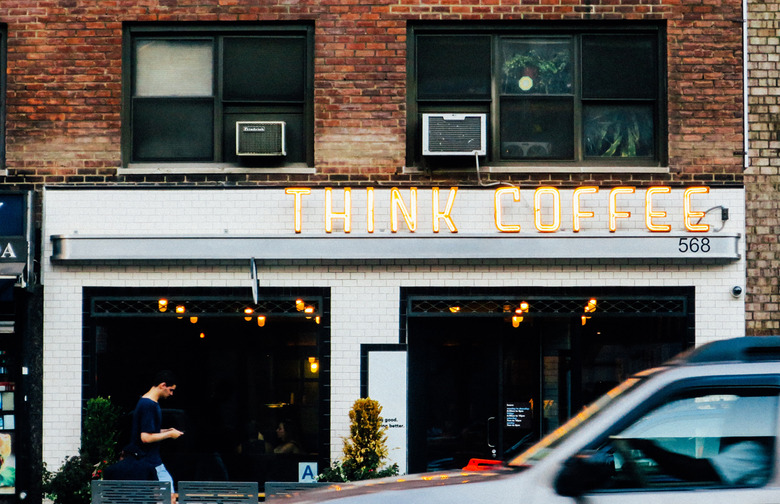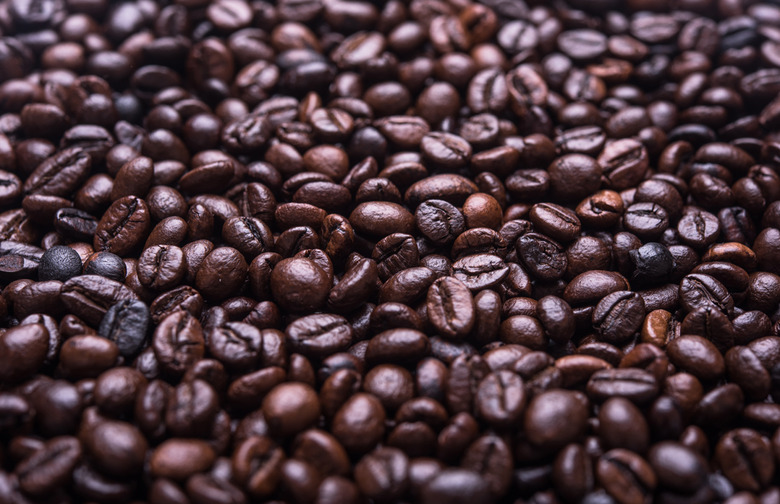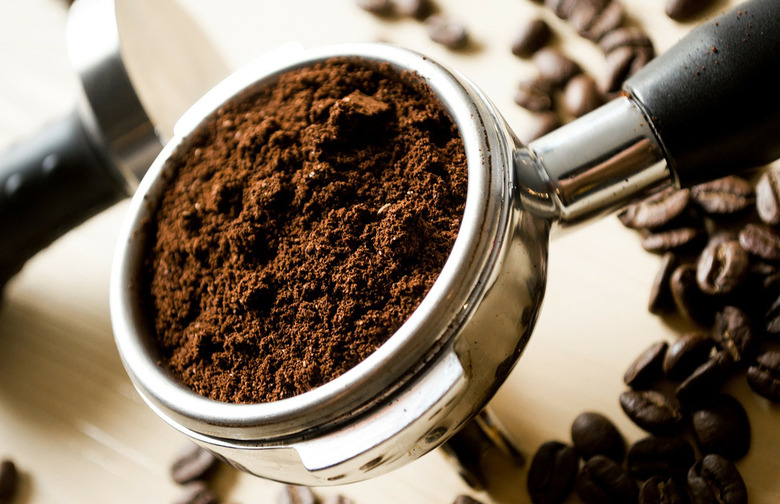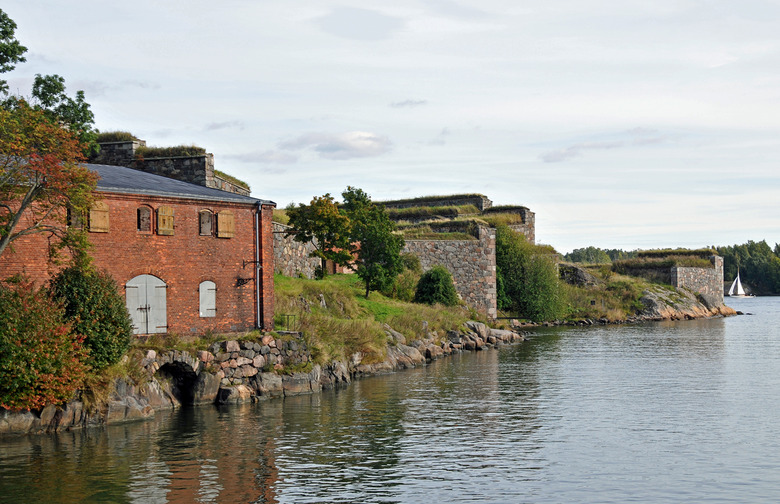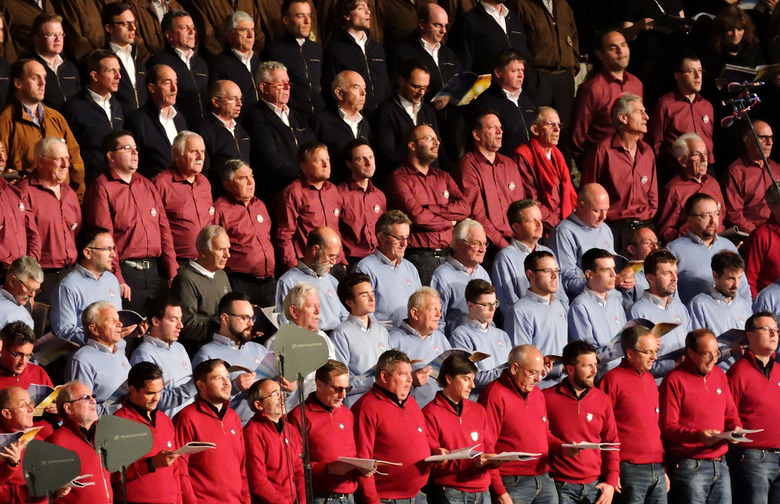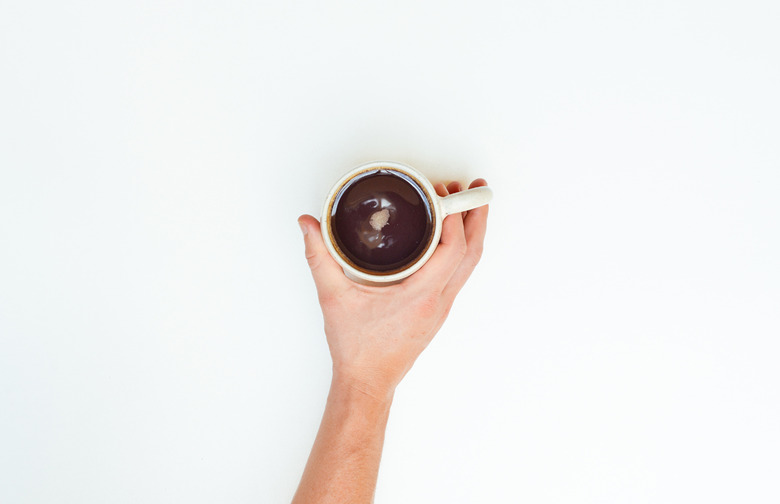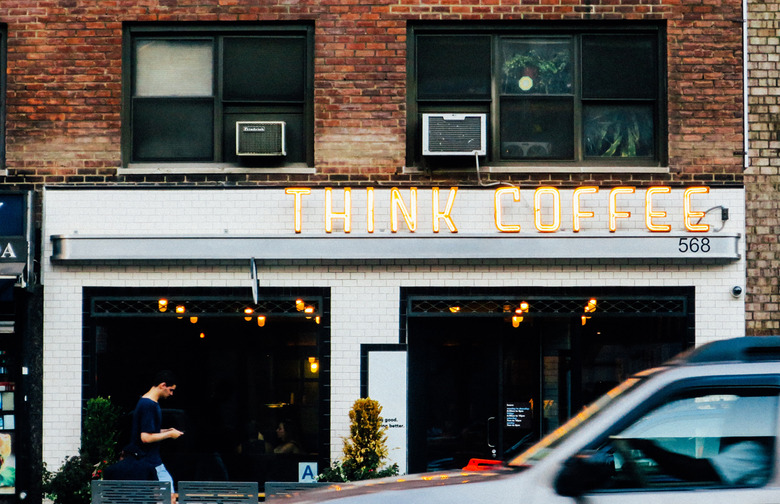11 Things You Didn't Know About Your Cup Of Joe In Honor Of National Coffee Break Day
11 Things You Didn't Know About Your Cup of Joe in Honor of National Coffee Break Day
Earl Wilson, a once famous journalist and gossip columnist said, "Science may never come up with a better office communication system than the coffee break." In many ways, he was right.
The coffee klatch — from the German Kaffeeklatsch, literally "coffee gossip" — still exists, but it has gone mobile and is liberally interpreted as more people work from home, grab a quick cup from a kiosk or food truck, or do their work on a laptop in the thousands of coffee shops that dot our urban landscape.
We consume gallons of this dark brown elixir, but most of us don't really know much about where it comes from or how it's made. Today is National Coffee Break Day, and it is the perfect day to celebrate coffee and its back story. So grab a cup and read on.
We've compiled a list of things you might not know about this mighty energy-boosting bean and the beverage it yields.
We Owe It to Africa and the Middle East
Around the tenth century, Yemen, through its port in Mocha, was the gateway of coffee trade from Ethiopia to the rest of Africa and the Arabic world. In the 1600s, Muslim traders, who were most likely Egyptian, brought coffee to Venice. It spread to the rest of Europe in the 1700s, and eventually to America.
Coffee Beans Are Actually Seeds
It takes three to four years before a coffee tree bears fruit. A coffee bean is actually the seed inside that fruit — a berry, called a "cherry berry" in the industry — which is grown on trees that can reach 30 feet tall and live for up to 200 years. Modern cultivation methods keep the trees shorter so it's easier to reach the berries for handpicking.
The Best Is Grown in the Bean Belt
The "Bean Belt," is an Equatorial Zone considered the best place on earth for growing coffee. Within this fertile, temperate band, located between latitudes 25 degrees North and 30 degrees South, are optimal growing conditions that include relatively constant temperatures in the 70-degree-Fahrenheit range, fair amounts of sunshine and rain, and extremely fertile soil.
Its Culture Has Created Traditions
Christmas is a time of giving, so to celebrate the season, order a caffè sospeso when you head to your local barista for a coffee break. A caffèe sospeso, or "suspended coffee," is a hundred-year-old Neapolitan tradition whereby you order one cup of coffee but pay for two — an early form of "pay it forward." The barista keeps track of the caffè sospeso and can give it to someone later who may be in need but cannot pay. This tradition died out after World War II, but has been making a comeback in Naples, is gaining popularity in Europe, and has spread to 19 countries, but is sadly only regularly practiced these days in America in Houston and Portland, Oregon.
It’s Complex, But Worth It
The genus Coffea, or coffee, includes more than 120 different species, but most consumers are familiar with Coffea arabica, which originated in the tropical forests of Ethiopia and Sudan, and Coffea canephora, better known as Robusta, which comes from sub-Saharan Africa. Of the two, arabica (which generally makes up 70 percent of the harvest) contains less caffeine but is considered better quality with more subtle flavors, while robusta is more productive, contains higher caffeine levels (as much as 50 percent more), and has more bitter flavors.
It’s Grown in 50 Countries
Fifty countries grow coffee worldwide, including the United States (almost entirely in Hawaii), most along the Bean Belt, but some like Yemen, grow coffee in arid, inhospitable conditions with little access to water. Which is admirable since it takes about 2,500 gallons of water to take the average coffee plant from seedling to tree, bear fruit, cultivate, harvest, process, and eventually sell on the open market.
It’s Most Popular in Finland and Sweden
It’s No Stranger to the Stage
In the eighteenth century, Baroque composer Johann Sebastian Bach had sopranos singing the praises of coffee in his secular, comedic cantata entitled, Schweigt stille, plaudert nicht (which means "be still, stop chattering"). The music was first performed in Leipzig, Germany, sometime between 1732 and 1735, and thanks to coffee's part as a catalyst in the plot, and its popularity in Europe, the cantata became known as Kaffeekantate.
It’s Your Safest Source of Caffeine
Next time you're tempted to reach for a can of Red Bull, brew a cup of coffee instead. One 250ml can of Red Bull Energy Drink contains 80 mg of caffeine, which is equivalent to an average cup of coffee. That being said, coffee doesn't include the same harmful amount of stimulants as energy drinks do, making it a safer option.
Storing It Correctly Is Important
Treat your roasted coffee beans like a bottle of fine wine: Keep them away from too much moisture, sunlight, air, and heat. Try to keep the air as neutral-smelling as possible, as coffee beans absorb odors easily. From the moment the beans are roasted, they begin to decline in quality and should only be bought in small quantities and stored properly in an airtight container in a cool, dry, and dark place. You'll be rewarded with better tasting brew if you do.
The World Can’t Get Enough
It's estimated that in 2014, 149.8 million bags of coffee beans, each weighing 132 pounds, were consumed world-wide. Some experts calculate that this means close to 1.6 billion cups of coffee are consumed on a daily basis around the world.
